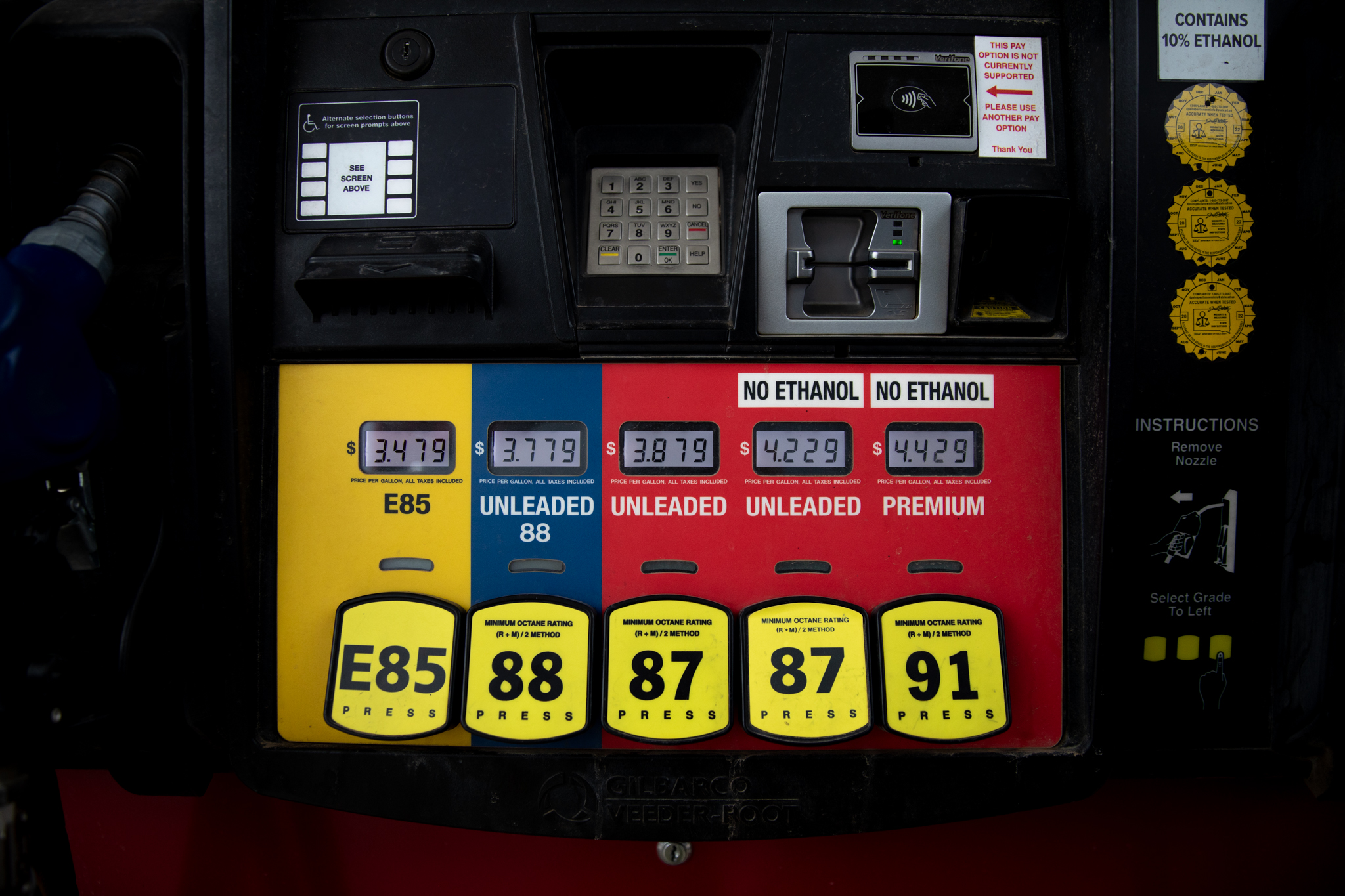
The Value of Biofuels
The entire bioeconomy depends on the success of biofuels.
Biofuels — fuels made from renewable, farm-based products that lower prices at the pump, lower carbon emissions, and support economic growth in rural America.
There are three primary ways that biofuels deliver value to consumers, day in and day out.
Value of Biofuels
Value at the Pump
Value of Biofuels
Value for the Rural Community
Value of Biofuels







